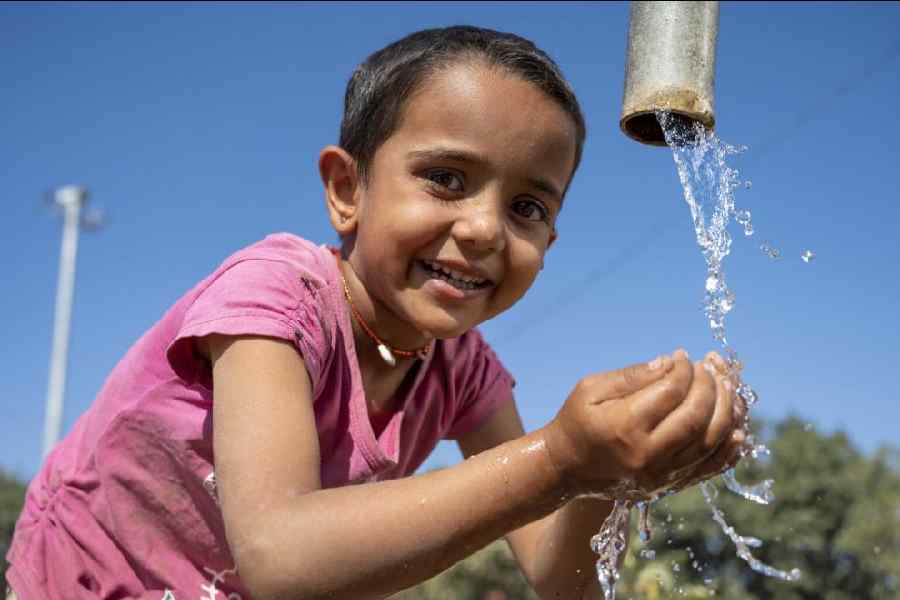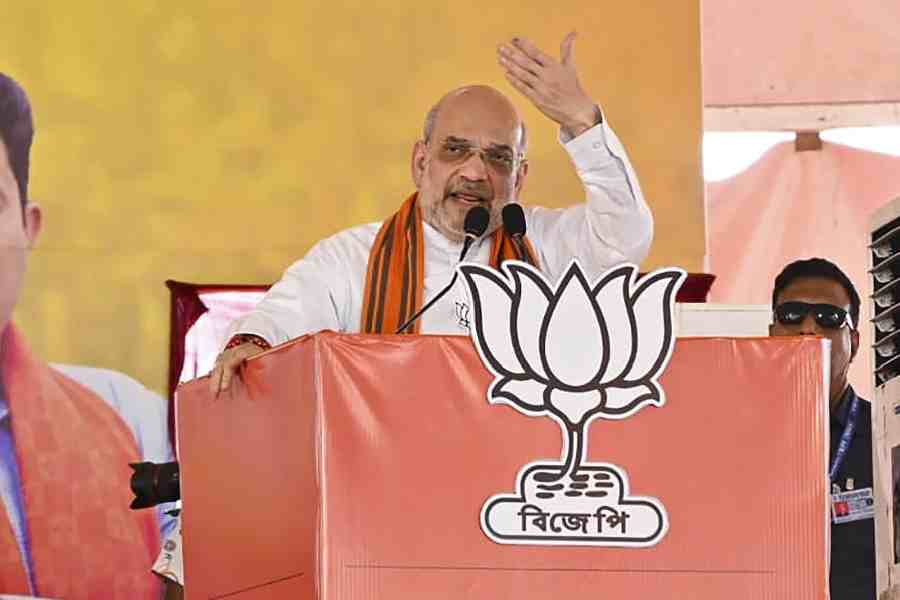India has been subjected to a punishing heat wave in recent weeks. Parts of the country have suffered temperatures above 40°Celsius, with Calcutta marking an unprecedented high of 43°C, the highest April temperature in seven decades. One obvious concern with this climatic condition is its impact on water resources. The Central Water Commission’s most recent bulletin on the water levels around the country is likely to alleviate those concerns. The bulletin has stated that water levels in reservoirs in southern India and western India are lower than what they were last year during the corresponding period and, worse, even lower than the average storage level in the last 10 years during the corresponding period. South India, in particular, is grappling with an acute crisis, with its live storage availability standing at only 17% of capacity. Climate change has certainly exacerbated this water scarcity but the roots of the crisis are also man-made. The water crisis witnessed in Bengaluru recently is a case in point: 93% of the city is now a concrete jungle, a study by the Indian Institute of Science found. A steep 1055% rise in ‘built-up areas’ in the tech hub over the last 50 years has contributed to a 79% drop in the water spread area and a loss of green cover by 88%. This has led to 98% of lakes being encroached upon, with 90% of them contaminated by untreated sewage and industrial waste, severely impacting groundwater replenishment. Bengaluru’s case is not unique; crises of potable water in Chennai and Pune are well-documented. This shortage of water has, unsurprisingly, also impacted agriculture and food security: unless mitigating measures are adopted, the nation’s rainfed rice yields are expected to decrease by 20% and irrigated rice yields by 3.5% in 2050.
Some eastern and northeastern states seem to be doing a little better. Assam, Nagaland, Jharkhand and Odisha, the report says, have greater storage levels in their reservoirs than last year. The role of indigenous farming systems like zabo or ruza, which help catch surface run-off and recharge groundwater, or localised conservation initiatives like the Balipara project in Assam, needs to be examined and expanded. West Bengal cannot be complacent in this regard. The drop in the water level in the Hooghly in recent days reveals the urgency of fast-tracking water conservation initiatives. Otherwise, Calcutta could suffer the same fate as its sisters down south.










